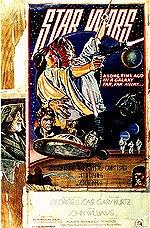

The tale of a naive farmboy thrust into a galactic conflict so he can save a beautiful princess struck a chord with millions of moviegoers. It also changed the way movies are made and sold. So 16 years after the final helping, George Lucas is about to unveil part one to a feverish British audience.
The Phantom Menace was released mid May in the States and, needless to say, became an instant smash.
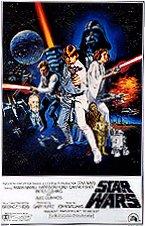
As some cinemas open 24 hours a day to cope with the demand and many flea pit owners kick themselves for not having a decent enough sound system to handle the finely tweaked rumbles and laser blasts, it's a pretty sure bet that you can run but you can't hide from The Phantom Menace this summer.
Lucas came up with the original idea for Star Wars in the early Seventies. After making the hugely successful American Graffiti, he sat down for two years and wrote a huge screenplay which didn't make much sense to anyone.
Back then it was called The Star Wars, Luke Skywalker was an ageing general, Han Solo was an alien and Darth Vader was a sinister villain called Prince Valorum. He eventually chopped out huge chunks (some of which would form The Empire Strikes Back) and had a workable screenplay.
That's if he could get it made.
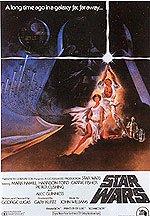
Lucas knew the film required a host of special effects shots and at a time when effects really weren't that special, he realised he would have to create a company to do them for him. Industrial Light and Magic was born - a company which would go on to be the masters of their field and inspire countless young film-makers to realise their dreams.
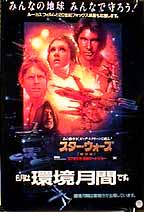
(If you were lucky enough to walk around Beverly Hills that summer you will have heard more than a few studio heads kicking themselves.)
When Star Wars was released in the summer of 1977, it shook Hollywood to its core. Jaws' box office record was shattered, fans queued around the block and a genuinely humble Lucas - convinced the movie was going to be a flop - was stunned by the response. Needless to say, Tinseltown offered him the world and he turned them down flat.
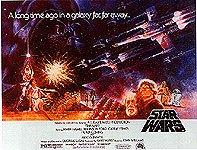
The Phantom Menace angered a lot of actors who worked on the movie because they felt they were taking second place to the visuals but with box office in America alone approaching the $350million mark, it seems George Lucas can afford to put a few noses out of joint in order to realise his dream.
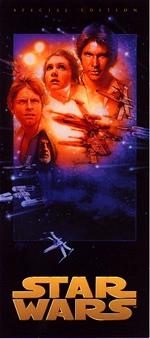
� 1999 Roger Crow